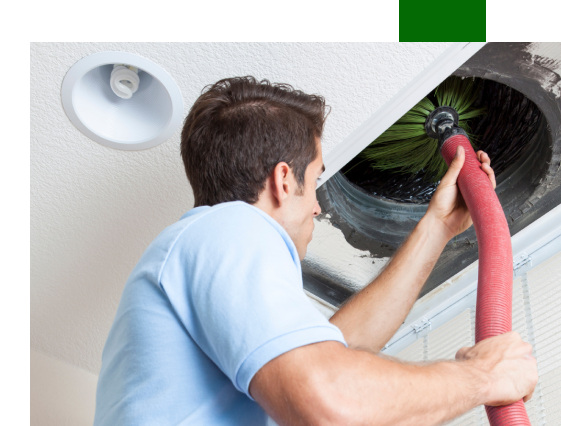Where Can You Use Portable Ramps? Common Applications and Locations
Portable ramps are a simple yet powerful tool for improving mobility and independence. Designed to help individuals using wheelchairs, mobility scooters, walkers, or canes, these ramps offer access over steps, curbs, thresholds, and uneven surfaces without requiring permanent modifications. Their lightweight and foldable nature makes them suitable for a wide variety of environments.
Understanding where portable ramps can be used helps caregivers, patients, and facility managers select the right ramp for every situation. Below are the most common locations and use cases for portable ramps across home, travel, and public environments.
1. At Home Entrances and Exits
One of the most common uses for portable ramps is at residential entry points. Many homes have steps leading to front doors, porches, patios, or garages that pose a challenge to individuals with limited mobility.
Common setups include:
- Folding ramps to bridge 1–3 stairs at front or back doors
- Rubber threshold ramps for raised entryways or sliding glass doors
- Modular ramps for wider porches or elevated platforms
- Roll-up ramps for occasional use at guest entrances or temporary access points
Homeowners or renters often use portable ramps to avoid the cost and permanence of construction. Since these ramps can be removed or repositioned, they’re ideal for renters and those in temporary living situations.
2. Interior Thresholds and Room Transitions
Inside the home, mobility can be obstructed by minor elevation changes even as little as ½ inch, between rooms or flooring surfaces.
Threshold ramp applications include:
- Raised door sills
- Transitions between tile and carpet
- Shower entrances or bathroom steps
- Step-down living rooms or sunken areas
Rubber or low-profile aluminum threshold ramps are designed to stay in place and provide a smooth, non-slip surface for safe daily use. These ramps are also helpful for walkers or individuals with balance issues who struggle with tripping hazards.
3. Vehicle Access
Portable ramps are widely used for entering and exiting vehicles, especially vans, SUVs, and minivans.
Ramp uses for vehicles:
- Telescoping channel ramps for rear or side door access
- Folding ramps stored in the trunk for deployment at destinations
- Scooter ramps for loading into hatchbacks or vans
- Roll-up ramps for wheelchair or power chair storage platforms
Proper ramp length is essential for vehicle access. The higher the vehicle, the longer the ramp must be to maintain a safe slope. Most users opt for at least 6–8 feet of ramp to access a van safely, particularly if entering unassisted.
4. Public Buildings and Temporary Events
Portable ramps are also used in public spaces or at events where permanent accessibility infrastructure is unavailable.
Examples of public-use scenarios:
- Event venues like festivals, fairs, and weddings
- Temporary business access during construction or renovations
- School stages or podiums
- Outdoor pavilions and restrooms
These ramps ensure ADA-compliant access when permanent ramps are not in place. Many organizations use modular or portable folding ramps to meet temporary compliance needs or offer accommodations by request.
5. Medical Facilities and Senior Living Centers
Portable ramps can be found in clinics, rehab centers, and care homes, especially when flexibility is needed to serve different patient needs.
Common uses in care settings:
- Short ramps for rehabilitation exercises
- Adjustable ramps for patient training
- Temporary access during facility updates
- Wheelchair access to temporary trailers or mobile offices
Healthcare professionals often favor ramps that are easy to clean, adjustable in length, and safe for daily use by staff and patients alike.
6. Hotels, Vacation Rentals, and Guest Homes
Many short-term lodging options do not come with built-in accessibility. Portable ramps help bridge that gap for travelers with mobility needs.
Use cases include:
- Bringing a portable ramp to a cabin or rental without a step-free entrance
- Navigating thresholds inside older homes or historic buildings
- Using a small ramp for shower access in non-roll-in bathrooms
Guests who travel with mobility aids often carry lightweight folding or roll-up ramps to ensure access wherever they stay.
7. Retail Stores and Small Businesses
For small businesses operating in older or multi-level buildings, portable ramps are a cost-effective way to improve accessibility without major renovation.
Business applications:
- Entry access over a single step or shallow stair
- Loading docks or elevated customer service counters
- Outdoor patio access during seasonal business
- Emergency accommodations for customers with mobility aids
Portable ramps offer flexibility for changing business layouts or compliance with local accessibility requirements.
8. Sidewalks, Curbs, and Outdoor Terrain
Navigating urban and outdoor environments often involves curbs, raised walkways, or uneven paths. Portable ramps help bridge these barriers, especially in areas lacking curb cuts or level ground.
Outdoor ramp locations include:
- Uneven sidewalks or driveways
- Parks or trails with step entries
- Outdoor seating areas with a single stair
- Bus stops or shuttle access zones
Outdoor-rated ramps are typically made of aluminum and feature slip-resistant surfaces for safe use in rain, snow, or heat.




